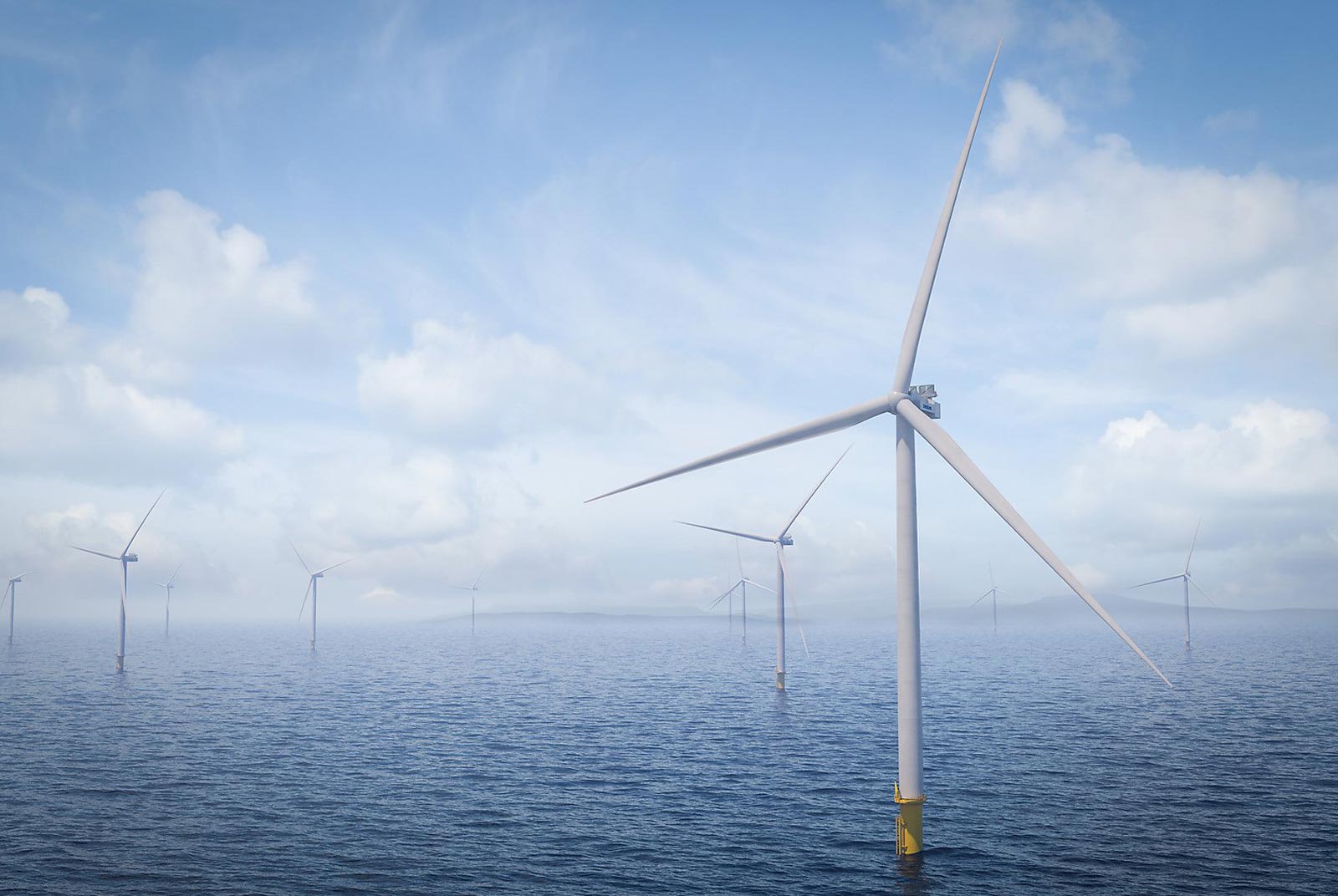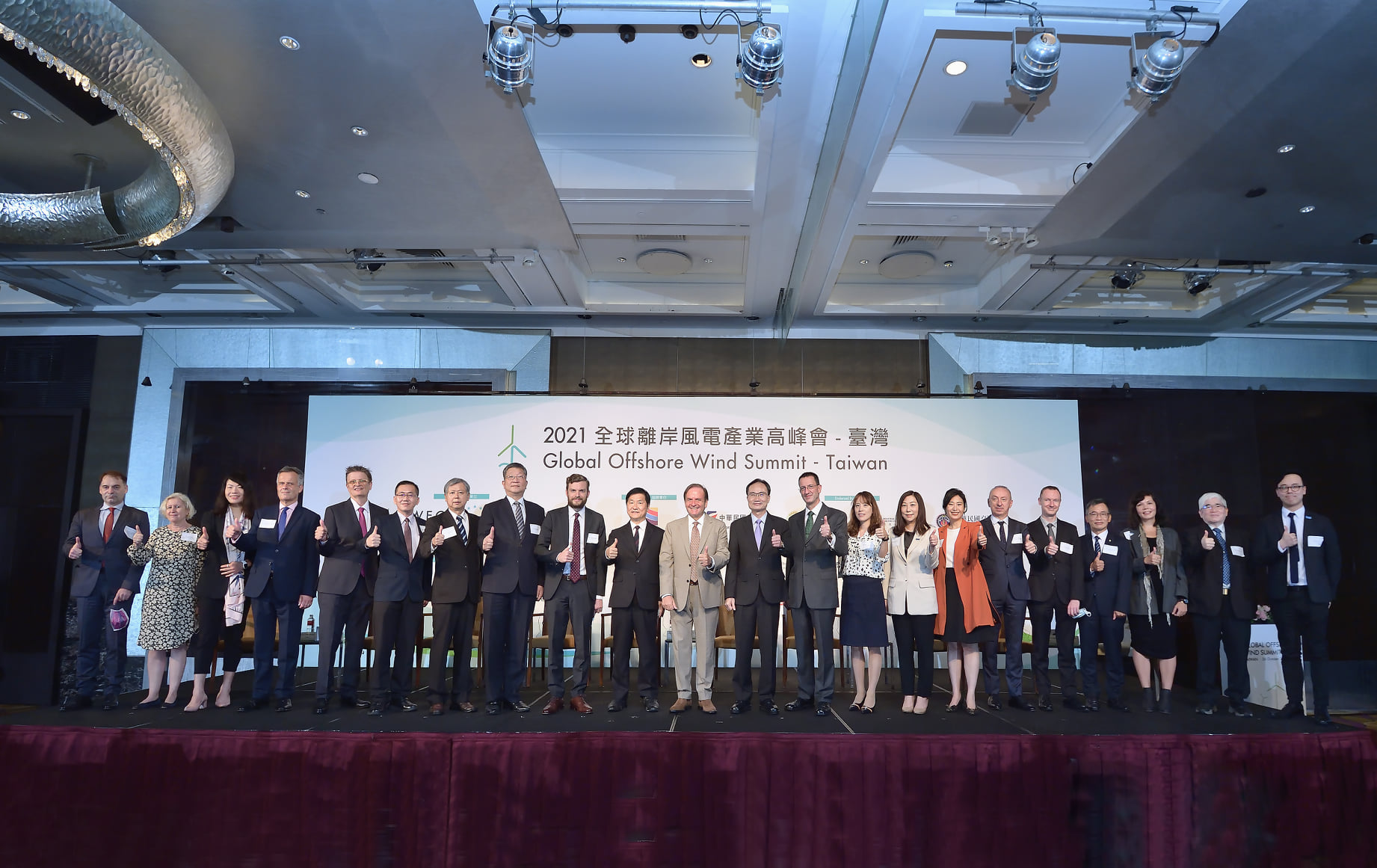How can Taiwan's offshore wind suppliers be competitive internationally?

Source:Vestas' website
Taiwan has launched an ambitious energy transition plan, of which offshore wind power is an important pillar. However, there are many challenges ahead. What should Taiwan do to maintain its key position in the international offshore wind supply chain?
Views
How can Taiwan's offshore wind suppliers be competitive internationally?
By Alex Robertson, Jessica Reiter, Hans Brunkweb only
During the recent Global Offshore Wind Energy Summit (GOWST) 2021, Vestas shared its readiness to accelerate Taiwan’s growing offshore wind ambitions. However, meeting the strict localization demands proposed by the Taiwanese government has not been easy for the wind OEMs and developers in the offshore wind industry. Vestas has thus far been able to overcome these difficulties by building a local Taiwanese supplier base; a base that could have the potential to become regional or even global leaders. Nonetheless, more work is needed in the supply chain development for Taiwan to reach its lofty clean energy goals.
 (Source: GOWST, from ECCT FB)
(Source: GOWST, from ECCT FB)
Taiwan's offshore wind national development program
In 2016, President Tsai Ing-wen and the Taiwanese government launched an ambitious energy transition plan. The goal was to change the nation’s energy structure to more renewable sources, with offshore wind being a major pillar of the plan. The development plan of the offshore wind industry was divided into three phrases.
The first phase consisted of demonstration wind projects. The second phase (zonal application), was launched in July 2015. It successfully attracted international developers, and showed the world that Taiwan is a hotspot for offshore wind projects by global firms. Auctions under the third phase, zonal development are planned to be held in 2022. However, the most ambitious part of the program has been some of the strictest and most far-reaching localization requirements seen anywhere around the world. The goal is to create jobs, increase local competences and make Taiwan a regional leader in the offshore wind supply chain. This is proving to be a huge challenge.
As one of the leading offshore markets in the region, Taiwan is well-positioned for future growth in the industry. However, the Taiwanese market is not big enough to maintain a sustainable supply chain on its own. Instead, local suppliers need to become export competitive to realize a long-term sustainable position. After two successful phases of offshore wind farm development, Taiwan will be adding 1.5 GW of offshore wind capacity each year from 2026 until 2035 for the third phase of the Offshore Wind National Development Program. That’s only equal to approximately 100 turbines a year split between the OEMs located in the Taiwanese market. Cost-effective economies of scale will be difficult to realize with such small volumes.
Vestas upgrading Taiwanese suppliers
The first step in developing a sustainable supply chain is identifying Taiwanese suppliers that have the ambition to grow internationally. If the ambition is there, the second step is finding suppliers that have the underlying capabilities to realize that global ambition. If both requirements are fulfilled, Vestas can focus on upgrading the base capabilities through targeted knowledge transfer and talent development. Since there is a limited supply of experienced professionals in the young Taiwanese offshore wind industry, a lot of energy is spent on recruiting people working in adjacent industries with transferable skills, and intensively training them to ensure a sustainable talent pipeline for the future. Currently, Vestas has over 80 people based in Taiwan, with a headcount that is projected to double in the next 12 months.
It’s easy to see wind turbines as just numbers without grasping the technical difficulty. For example, Vestas’ new V236-15.0 MW™ can generate up to 80GWh/year (depending on site-specific conditions), with enough energy to power 20,000 homes. The components are at the edge of what is possible to produce, transport and install. Even for Vestas’ established global suppliers, making components for the V236-15.0 MW™ is no trivial business.
It took Europe 30 years to develop a supply chain capable of dealing with huge offshore wind projects; something Taiwan is attempting in just a few years. Achieving this is only possible with a significant investment of Vestas expertise and a hands-on approach to knowledge transfer. Like the pitstop team of their formula-E winning racecar, Vestas has a global support team providing instructions to make sure suppliers are fit to drive. For example, the ramp up in our new blades factory with our partner Tien-Li is supported by dozens of our most experienced technicians, both on ground and remotely. These are the people working behind the scenes to make this localization a reality.
 (Source: Tienli)
(Source: Tienli)
There's more work to be done
Nonetheless, there is plenty of work to be done to ensure Taiwanese regional leadership going forward. First, there are supply chain challenges that need to be overcome to produce the V236-15.0 MW™ wind turbine in Taiwan for the round three auction. Currently, few local Taiwanese vendors are globally competitive, with many of the suppliers early in the learning curve and still in the development stages of part qualification. The next few months will be particularly important for local suppliers to make more progress on the learning curve, for them to be qualified for local production of V236 components.
Local content requirements can be an effective tool for kick-starting an industry but sheltering suppliers from the competitive market doesn’t help them in the long term. The rules that have done so much to create an offshore industry in Taiwan now run the risk of preventing the creation of national export champions.
Second, regional competitors South Korea and Japan are quickly catching up. Both countries know they are behind in supply chain development and are pushing through favorable subsidies to attract capital investment in manufacturing facilities and announcing big volume plans for the near future. South Korea has several floating offshore wind projects in development with a target of installing 12,000 megawatts of offshore wind capacity by 2030. Meanwhile, Japan also has a target to install 10,000 megawatts of offshore wind capacity by 2030.
Third, the industry is changing with an evolution towards floating turbines going forward. This only increases the needed supplier capabilities and pressure for local suppliers to compete internationally. The first country to complete a 500-megawatt floating project will have the attention of the world and industry momentum going forward. South Korea has an advantage due to its ship-building infrastructure, but the race is far from over. Taiwan’s Taichung Harbor is a key piece of infrastructure for determining the success of the Taiwanese offshore wind industry. Thus, ongoing infrastructure investment in Taiwan is needed to create a competitive wind industry harbor, which is crucial for long-term regional leadership and technology evolvement.
 The pre assembly site in the Netherlands.
The pre assembly site in the Netherlands.
An eye towards the future
Until recently, the Taiwanese market dominated the Asian wind industry outside mainland China, but developers are seeking new opportunities with regional competitors South Korea and Japan. Taiwan luckily has a sizable head start; however, the country’s wind supply chain will need to compete internationally to maintain its leadership in Asia. An evolution from the current rules-based localization approach to competitiveness-based export is the only path forward. This is the direction of Vestas: focusing our supply chain on partners with the ambition and potential to be internationally competitive, then helping on that journey. By accelerating the learning curve, driving down costs, and maintaining industry leading safety and quality performance, Vestas is giving local firms the opportunity to become export leaders in Taiwan — creating a sustainable and leading industry position for both Taiwan and Vestas for years to come.
About the author:

Alex Robertson
Vice President, Taiwan
Vestas Asia-Pacific
Alex Robertson is the Vice President at Vestas Taiwan. He is responsible for capturing the massive potential of the offshore segment, bringing both onshore and offshore talents into one winning team and driving business growth and organizational excellence.

Jessica Reiter
Head of Procurement, Taiwan
Vestas Asia-Pacific
Jessica recently joined the Taiwan Purchasing Team from Vestas Americas, where over the last 13 years she has been a part of Global Procurement covering Onshore Direct and Indirect Manufacturing, along with Turbine Service procurement. Prior to Vestas, Jessica worked in the Automotive and Petroleum Industries.

Hans Brunk
Intern of Low Carbon Initiative(LCI)
European Chamber of Commerce Taiwan
Hans Brunk is an intern at the Low Carbon Initiative (LCI) at the European Chamber of Commerce Taiwan, working with LCI members and CommonWealth Magazine. He is also a MSc student at Copenhagen Business School studying International Business.
Have you read?
♦ A Tale of Two Taiwans - perspectives from an offshore wind engineer
♦ 500 days in Taiwan: A reflection on building offshore wind from a Japanese perspective
♦ Offshore wind industry: An opportunity to transform Taiwan’s ports and harbors
Uploaded by Penny Chiang






